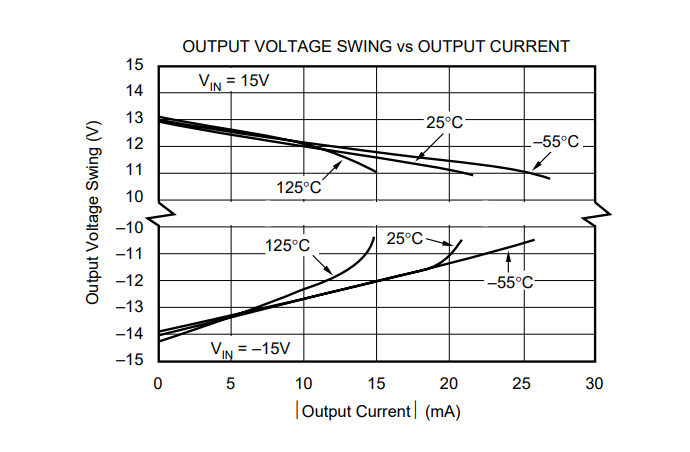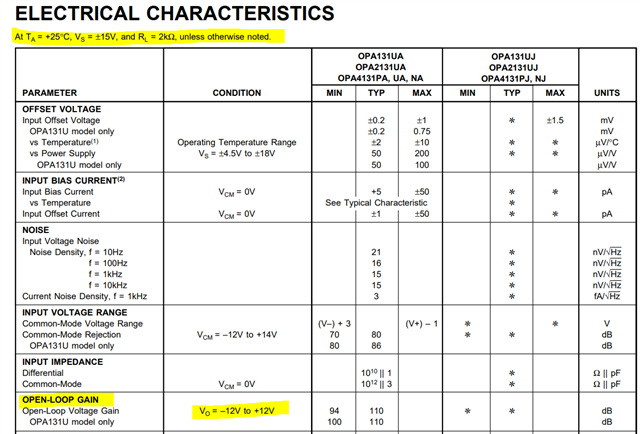I am in the process of updating an existing third party design. Part of that process is replacing parts so I have to familiarize myself with the part and their role. The datasheet for the OPA2131 specifies typical output max and min, but no upper bound on either values. However, there is a graph on page 5 titled "Maximum Output Voltage vs Frequency" that implies that this part can output near the rails, but doing so distorts the output signal. Is it accurate to state that the OPA2131 could possibly output higher than the "typical" specs, but doing so introduces distortion?
-
Ask a related question
What is a related question?A related question is a question created from another question. When the related question is created, it will be automatically linked to the original question.






